
Energy: A comprehensive guide for kids and parents
What is Energy?
Energy is a physical quantity that expresses the capacity of a system or a body to do work. At the moment, we don’t know exactly what energy is. We can only measure its various manifestations: a burning fire, a running athlete, the electric current that feeds our homes, the blowing wind, the warming sun, the peaceful flow of a river, or the violent fall of a waterfall.
It is a definite quantity that makes up the entire plane of reality. And you can move it from one point to another, you can convert it from shape to shape, but you will never change what it is and what it was and what it will be in the future.
Even our body heat, or our simple scream, is energy!
Energy is crucial to our lives as it plays an important role in all aspects of life such as in homes and industries.
In modern society, to carry out any activity, some form of energy is needed. Of all the existing forms, electricity is certainly the most versatile since it can be transformed and transported reasonably.
Types/Forms of Energy
Energy has many different forms, such as:
Chemical Energy
Chemical energy comes from the interaction between atoms and molecules.
It is the energy held in the bonds between atoms and molecules. Exothermic chemical reactions are able to break these bonds and release the energy they contain.
It is a form of potential energy (stored energy). It is kept in the bonds that connect molecules and atoms. Chemical energy is what holds the atoms together in a molecule. It is also what contains the molecules of a substance together.
During combustion in an exothermic reaction, oil, gas, coal, and biomass transform Their chemical energy is converted into heat, often in the form of light.
The body converts chemical energy in food into mechanical energy in motion, which then becomes heat energy. The chemical energy contained within a battery can be converted into electrical energy used to power a flashlight.

Electrical Energy
Electricity is energy in motion. It is the movement of tiny particles known as electrons and protons. Lightning, which is a significant number of electrons flowing through the air all at once, is an example of electricity in nature.
It is the energy transferred from one system to another using electricity, or it is the energy stored in the case of electrostatic energy.
In other words, electrical emission is the movement of charged particles. That is commonly used in our lives;
Systems that can generate electricity include batteries and generators, while systems that can receive electricity include resistors, lightbulbs, and electric motors.
Electricity is the easiest to explain to children because it can be associated with the electronic objects we use every day.
People have learned to produce electricity and control it. Electricity is sent through wires or the air to power things like light bulbs, ovens, and washing machines.
Gravitational energy
Large bodies such as the Earth and the Sun create gravity and gravitational energy.
This energy can be used to generate mechanical energy, such as the potential energy of a shelf object or the kinetic energy of the moon in its orbit around the Earth.
Thermal energy
Everything in our environment is made up of particles known as molecules. Molecules always move randomly within a substance or object. Thermal energy is the total energy in motion (or kinetic energy) of all the molecules of a substance. All substances have thermal energy since the molecules that make up all substances are constantly in motion.
It is simply heated, resulting from the movement of molecules and atoms within materials, and therefore thermal energy represents the internal kinetic energy of the body;
for example, thermal energy is converted into mechanical energy in a steam engine or turbine, and thermal energy is converted into electricity in a thermal power plant The heat energy inside the Earth (geothermal energy) can also be used for heating or power generation.
Light Energy
Light energy is also called (radiant energy). The Earth gets much of its energy from sunlight.
Light energy is also called radiant energy. There is no type of radiant energy that can be seen with the naked eye except Light. The energy carried by electromagnetic radiation is known as radiant energy.
Radiant energy also includes radio waves, gamma rays, and microwaves X-rays as Electromagnetic radiation travels in waves.
In addition to light energy, The sun emits the entire radiant energy spectrum carried by electromagnetic radiation.
Light energy is energy in motion. It travels through space and air in the form of waves. The various wavelengths of visible light are perceived as different colors.

Potential and Kinetic Energy
Each type of energy can be classified as either potential energy or kinetic energy.
Potential energy is stored energy.
For example, Food’s chemical energy is stored energy.
When anybody starts eating, his body transforms stored energy into energy of movements such as heat energy or mechanical energy.
Potential energy can also be in just the location of an object. An object with potential energy has the ability, or potential, to move depending on its position. For example, potential energy can be stored in a rock leaning against a cliff or an arrow strung on a string. The rock falls if the cliff crumbles beneath it. If the string is released, it moves forward and pushes the arrow onto the target.
Kinetic energy: It is the energy that results from movement, and the faster the body moves, the greater its kinetic energy, and examples of it: are river energy (hydraulic energy) and wind energy, as this energy can be converted into mechanical energy through water mills, or windmills, or pumps connected to turbines, or to electricity when a generator is running.
When the rock and the arrow start moving, the energy turns into kinetic energy.
Kinetic energy is energy in motion. All moving objects have kinetic energy, even atoms.
Kinetic Energy: Anything that moves has energy. This energy is also called kinetic energy.
Mechanical Energy
The moving energy of an avalanche rolling down a mountain is called mechanical energy.
Mechanical energy is the summation of potential energy and kinetic energy. Mechanical energy, unlike other types of energy, can exist as both potential and kinetic energy.
A hammer, for example, uses mechanical energy to drive a nail into a board. When the hammer is raised, it gains potential energy from the lifting action. When the hammer hits the pin, the potential energy becomes kinetic energy, which allows the pin to be driven into the board. When the hammer strikes the nail, energy is transferred to the pin, which is then transferred to the board.

Nuclear Energy
Huge amounts of nuclear energy can be generated by splitting atoms.
It is the energy stored in the center of atoms, specifically in the bonds between the particles (protons and neutrons) that make up the nucleus of the atom. We can say that it is the energy that holds the nucleus of an atom together. Atomic energy is another name for nuclear energy. An atom contains one nucleus, which is the core of such an atom, it can be released by splitting an atom, and it can also be released by joining two cores together to form a single core.
Some of the emitted heat is converted into electricity, and in stars such as the sun, atomic energy is released when the nuclei unite in a process known as fusion.
Acoustic Energy
It is the energy of sound waves that travel through the air or any other medium. An example of this is the human voice.
Ionization Energy
It is a form of energy that binds electrons to the nucleus of its atom, ion, or molecule, as the first ionization energy of an atom is the energy required to completely remove one electron from the atom.
Sources of Energy
Sources of energy are divided into primary and secondary sources:
Primary sources are those whose energy content can be used directly (energy products in their natural state such as coal, crude oil, nuclear fuels, hydraulic and geothermal energy) and whose transformation into another form derives secondary energy sources.
Non-renewable Sources
Fossil sources: coal, oil, methane
Without a doubt, fossil fuels are the master of the modern world revolution, all industries depend heavily on the use of fossil fuels.
Energy used for Electricity or in homes and industrial operations is produced through the use of non-renewable resources like fossil fuels, coal, oil, and methane.
Coal: Coal is the most abundant fossil fuel available on Earth. It was formed due to the decay of ancient plants and animals many centuries ago. Coal is mainly found underground and is the primary source of fuel for electricity generation today.
Most power plants on Earth require vast reserves of Coal to produce electricity continuously without interruption; when coal is burned, it produces heat that is used to convert water into the current.
The steam is then used to drive turbines, which in turn activate the generators that produce electricity. Coal contains an excessive amount of carbon, and when it is burned to produce energy, it mixes with oxygen to produce carbon dioxide.
And unfortunately, Carbon dioxide is one of the gases responsible for global warming.
Since its discovery, the use of coal and other fossil fuels has increased, as its excessive extraction and use have led to environmental degradation and ecological imbalance. Although coal is still available in large quantities on this Earth, it is expected that it will not last for more than 40-50 years if it is not Switched to green or clean energy.
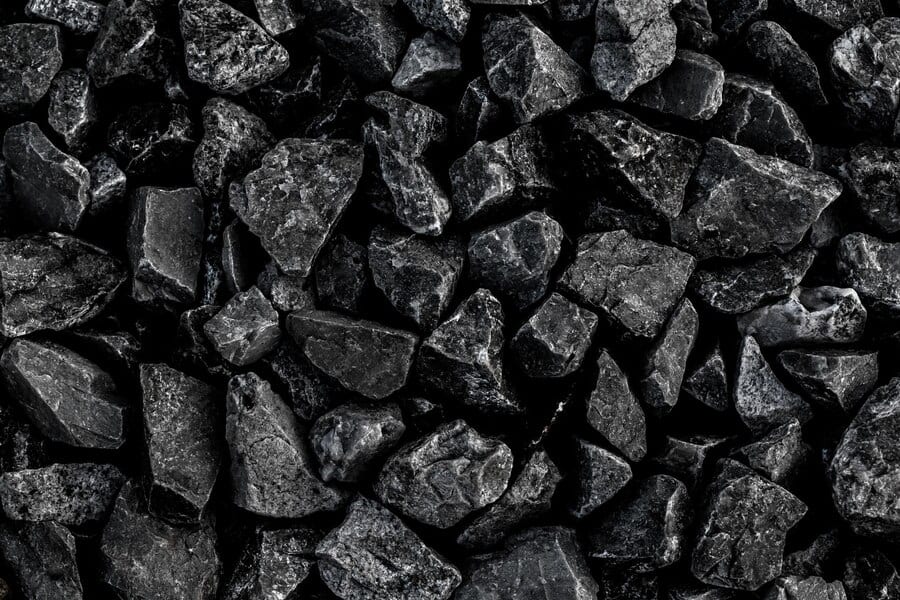
Oil: Oil is abundant in most Middle Eastern countries, including Saudi Arabia, Kuwait, Iran, Iraq, and the United Arab Emirates. While there are some little oil wells in North America and Canada, most countries are still highly dependent on these countries for their oil requirements; when they died, Plants and animals were covered with a thick layer of mud and sand, which caused high-pressure and temperature and led to the discovery of coal, oil and natural gas.
The widespread use of petroleum and petroleum-related products has resulted in massive air pollution; Because it is a significant source of fuel used in vehicles, due to the combustion process, harmful gases such as carbon dioxide are released when burning oil, for example about 19.7 million barrels of oil are consumed per day in the United States alone.
Oil is transported to other countries using pipelines or ships, where ship spills lead to oil spills that affect animals and plants that live in or around the sea. Just two years ago, a ship containing oil from British Petroleum (BP) caused an oil spill That led to the killing of many whales, fish, and small animals that live inside the sea.
Natural gas: it is a mixture of several gases, including methane, ethane, propane, and butane. Natural gas burns completely, leaves no ash, causes almost no pollution, and is one of the cleanest forms of fossil fuels.
Among these gases, methane is highly flammable, as it has no color, taste, or smell, which is why some chemicals are added to it before it is supplied to individual homes so that the leak can be detected easily. Middle Eastern countries, especially Iran and Iraq, have high reserves of natural gas. The beauty of this fuel source is that it almost does not cause any pollution. Cheap and environmentally friendly.
Advantages :
- The main advantages of non-renewable energies are that they are available and affordable. For example, oil and diesel are still good options for powering vehicles.
- Non-renewable energy is cost-effective and easier to produce and use.
- The global economy depends on the existence of some non-renewable energy sources, as the world’s governments support more than $5 trillion in expenditures directly related to the non-renewable energy sector, and this figure represents nearly 7% of the global GDP each year.
- We have access to non-renewable resources almost everywhere today.
Disadvantages:
- Non-renewable resources will expire one day, and we have many endangered resources to create more non-renewable energy sources.
- The speed at which these resources are used up can have profound environmental changes.
- Non-renewable sources release toxic gases into the air upon combustion, which are the leading cause of global warming.
- Since these sources are going to end soon, the prices of these sources are rising day by day.
Renewable Sources
Renewable or non-fossil energy sources
Renewable energy sources are non-fossil energy sources that are available in nature and are not subject to depletion from human use.
What are the types of renewable energy sources?
Solar Energy: Sunlight is one of the first sources of renewable energy, this is why life thrives on planet earth, and it is the only renewable source of energy. About 70% of sunlight is reflected back to space, and we only have 30% of sunlight to meet our energy needs.
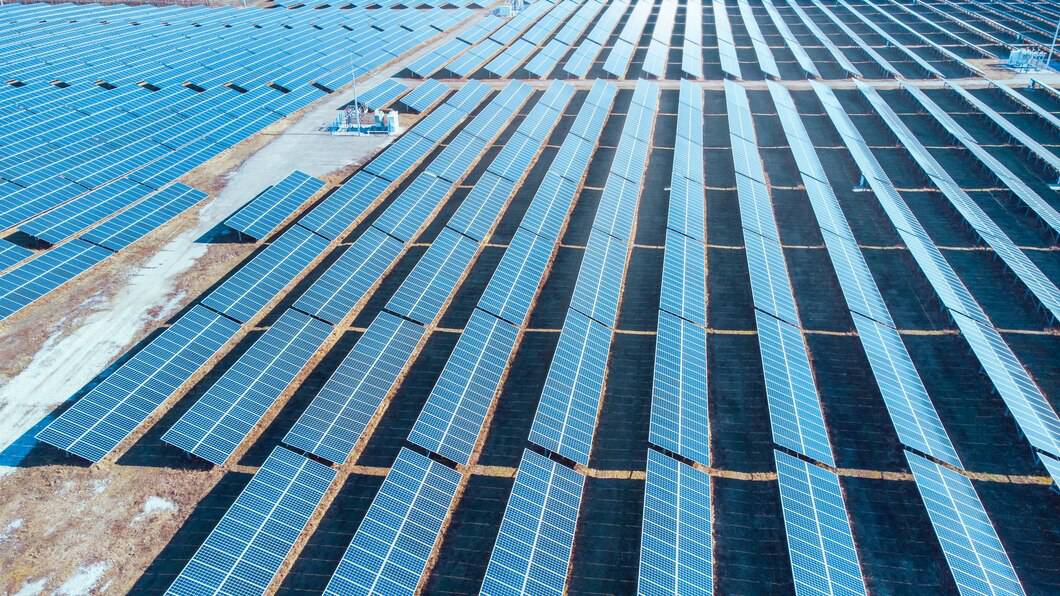
Solar energy has become very practical for use, and many applications have been created for it, the first of which is solar heaters, whether it is industrial-grade water heating or simple heating for cooking food. Solar energy can be used quite easily.
It can also be used to generate and store energy as solar panels, and photovoltaic cells have been developed lately more than ever.
Solar-powered homes, cars, and appliances are becoming common these days, as well as solar farms that provide electricity to off-grid areas. Solar energy for drying clothes can also be used by plants in the process of photosynthesis and by humans to keep their bodies warm during the winter seasons.
Wind power: Windmills have been used by many for a long time. The initial use was to transport machines that would grind wheat into flour. Scientists were able to create windmills that rotate at higher speeds. Windmill farms were established in areas where the speed rates were as high as enough to produce viable amounts of energy.
The blades of a windmill are connected to a turbine which converts kinetic energy (the energy of motion) into electricity. Countries with an abundance of empty land and high wind speeds have been able to use these renewable energy sources to bridge the gap between supply and demand from traditional means of energy.
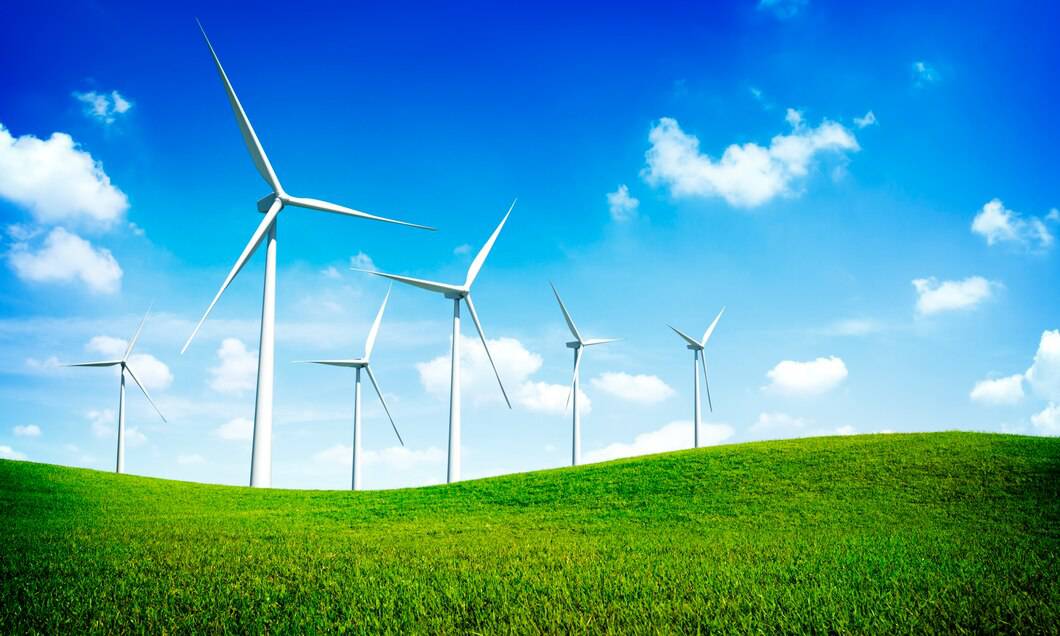
Most wind turbines are installed at high altitudes, as the wind speed is higher than at low altitudes, which helps to generate a large amount of electricity. Wind energy does not cause any pollution as it is completely renewable. Thus, we can reduce our alliance with foreign countries to supply oil and gas.
Hydroelectricity: There is a large amount of kinetic energy stored in water, as it is available for use when rivers and streams flow towards the oceans, and the possibility increases when it turns into waterfalls. Hydroelectricity has become a common source of electricity production in the 21st century.
Most of the dams that are being built contain an infrastructure that allows them to obtain energy from water. Then the kinetic energy is used to transport the water by hydroelectric power stations to give mechanical energy to the turbines, which in turn convert it into electrical energy through generators.
It is also seen as a simple and effective way to supply energy to areas that are not easily accessible by the regular power grid. A lot of research is done on the efficient use of our water resources on this. Planet, that hydropower is renewable, environmentally friendly, and does not produce toxic gases.
Geothermal energy: inside the Earth, there is a great deal of energy trapped within the molten magma; All of this heat is transferred to the deep reservoirs of water and air that flow through the Earth, releasing heat and regulating the temperature of the core hot water.
And the air is released through vents seen, Which are holes in the Earth’s crust; vents of hot air and steam are used to generate power which is another renewable source of energy. By harnessing the natural heat below the surface of the Earth, geothermal energy can be used to generate electricity and also to heat homes directly. Although it uses energy directly under our feet, geothermal energy is of little importance in some countries of the world.
Biomass Energy: Finally, biofuel and biogas are considered renewable sources of energy, as they are obtained from plants, vegetable waste, crops, landfills, municipal and industrial waste, trees, and agricultural waste, which makes them “biological” in nature. Biogas was produced under natural conditions thousands of years ago.
It has applications in transportation, power generation, and home heating. Biomass energy produces no greenhouse gases, helps reduce landfills, and is renewable as long as plants, crops, and waste are present. In the same way, biofuel is essentially ethanol that is made when sugar is fermented.
Ocean energy: Ocean energy has enormous potential, as 70% of the Earth is covered with water. Tides that hit the seashore have massive potential in them and can be used to convert into electrical energy; There are three ways to capture ocean energy: (a) wave energy, (b) tidal energy, and (c) ocean thermal energy conversion(OTEC).
Wave energy is captured directly from the surface of waves which are nothing but regular disturbances produced on the surface of the water. Tidal energy is the capture of kinetic energy from rising and falling tides, and a tidal energy generator uses that kinetic energy and converts it into electrical energy. OTEC uses heat stored in seawater for conversion into electricity. Both of these energy sources are entirely renewable and have the potential to significantly reduce our reliance on non-renewable sources.
Hydrogen Energy: Hydrogen is the most abundant element on Earth; Because it is abundant in water and has the potential to be a tremendous renewable source of energy for powering ships, missiles, homes, vehicles, marines, and industries, water (H2O) contains two-thirds of hydrogen but is usually found in combination with other elements.
Once separated from the water, it can be used as fuel or it can be used to generate electricity. Hydrogen energy is entirely renewable, environmentally friendly, leaves no toxic emissions, and can be produced on demand. Extracting hydrogen from other elements requires a lot of energy and thus proves to be a bit expensive to extract.
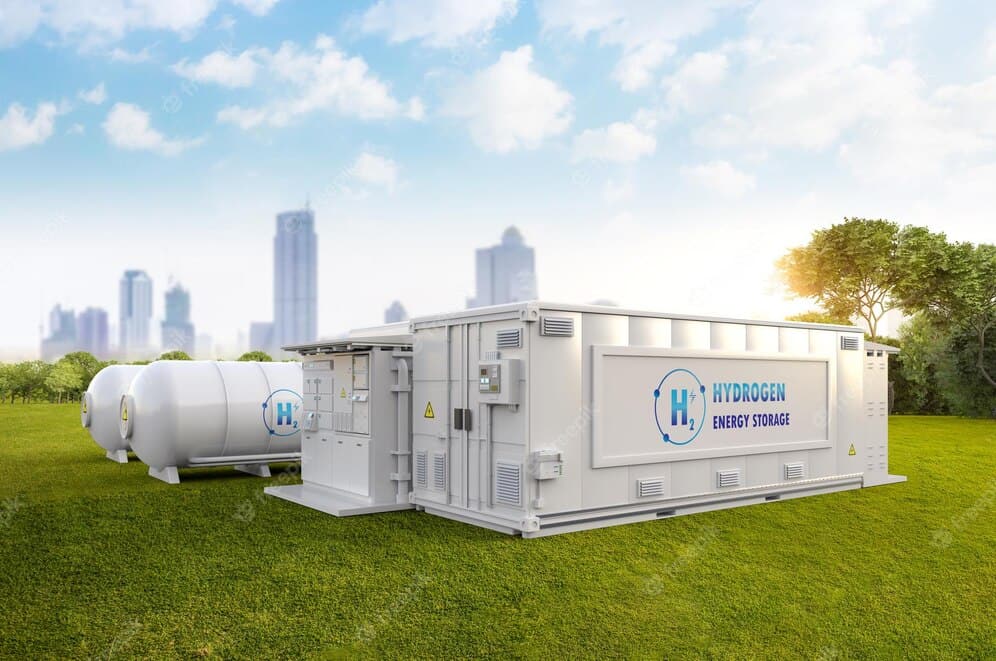
Advantages
- The sun, wind, geothermal energy, and ocean energy are abundant and free to use.
- Renewable sources have low carbon emissions, so they are environmentally friendly.
- Renewable energy helps stimulate the economy and create job opportunities, as the money used to build these factories can provide job opportunities for thousands to millions of people.
- Renewables can cost less than the consumption of the domestic electricity supply, and in the long run, electricity prices are expected to rise; Because it depends on the price of crude oil, renewables can really cut your electricity bills.
- Renewable energy provides various tax incentives in the form of tax breaks and credit rebates to some individuals and companies who wish to go green.
Disadvantages
- It is not easy to set up a factory because the initial costs are very high.
- Solar energy can be used during the day and not during the night or in the rainy season.
- Geothermal energy that can be used to generate electricity also has side effects, as it can bring toxic chemicals underground to the top, and environmental changes can occur.
- Hydropower provides a pure form of energy, but building a dam across a river is very expensive and can affect the natural flow and affect wildlife.
- To use wind energy, we have to rely on strong winds, so we have to choose the appropriate location to operate it, and wind turbines can also affect birds because they are very high.
Renewable resources and Technology
Technology is involved in many useful aspects of life; energy can be one of them.
As previously stated, renewable energy plants use the sun, wind, water, tides, and the transformation of organic and inorganic waste or biomass to generate electricity.
Biogas plant: biomass is the renewable energy source that, it is estimated, will be used the most in the coming years.
Waste recovery for energy production: biogas
Waste is not always useless; you will be surprised when you hear that it can be a good source of energy.
Many studies and research are currently being conducted to fine-tune technologies and reactions for extracting energy from waste, some of which can be converted into excellent fuel. One method of generating energy from waste is the recovery of biogas, which are gases produced by the decomposition of organic material (e.g. the wet fraction of municipal solid waste).
Why is the cost of energy increasing?
The elements that have contributed to the rise in the cost of energy
Starting from April 2020, the cost of oil increased by 200%, and the following year the price of natural gas increased by 70%, but the increase in the cost of energy is a global phenomenon due to various factors.
Raw material prices have risen; as far as Europe is concerned, there is a depletion of some basins, such as those of the Netherlands, and research problems in other areas, such as the Baltic Sea.
The economic recovery after the first phase of the pandemic has shifted some political balances. For example, Russia has reduced supplies to Italy, favoring those more profitable to the expanding Asian market.
The threat of climate collapse has made specific environmental regulations necessary, which, especially over the last twenty years, have increased production costs: system charges have increased, which represent 20% of the final cost for the consumer and include many items, including incentives for renewable sources, but the prices of CO2 emission permits for the ETS-Emission trading system have also increased.
The relation between energy and work
Energy is defined as the ability of a body (entity) to perform work, and the measure of this work is also a measure of energy.
How the formula is represented?
the work can be expressed as W=F * s.
Where (W) represents the workforce or the quantity that represents the combination of a force with displacement, (F) the force, and (s) the displacement (with the same direction and magnitude).
What is a joule?
The joule is the unit of measurement adopted by the international system for work, energy, and heat.
The name was derived from James Prescott Joule, a British entrepreneur with a passion for science. In the first half of the nineteenth century, he was known above all for being a beer producer, and it was precisely from this that he had the idea of trying to measure energy practically.
So a joule is a work done by exerting a force of one newton on an object over a distance of one meter, i.e. the work done by the force of 1 newton when it moves its point of application by one meter.
Symbolic representation is (J) which is the unit of work.
Key Concepts
The energy sources
Primary Energy Sources: Natural energy products such as coal, crude oil, nuclear fuels, hydro and geothermal energy
Secondary energy sources: sources in which the energy derives from the transformation of primary energy into another form of energy or from subsequent processing of secondary sources.
Renewable Energy Sources: Non-fossil energy sources that regenerate naturally at least as fast as they are consumed, are available in nature, and are not subject to depletion by human use, unlike fossil and nuclear fuels.
The concepts of energy and work in physics: energy is one of the key concepts in physics and is commonly defined as the ability of a body or, more generally, of a physical system to perform work, and the measure of this work is also a measure of energy. The work of a force (W) is a quantity that measures the effect of the combination of a force with a displacement.
Why not subscribe to our LearningMole Library for as little as £1.99 per month to access over 1400 fun educational videos.
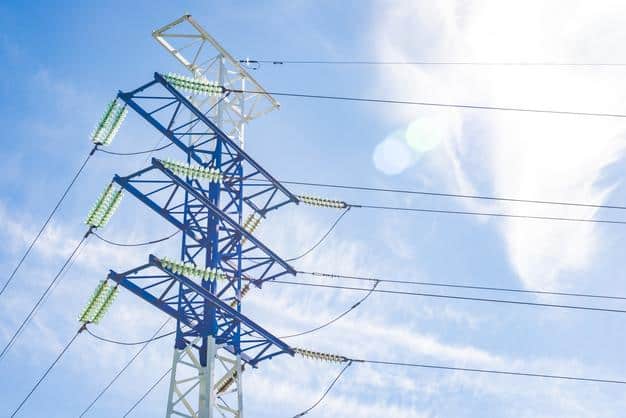
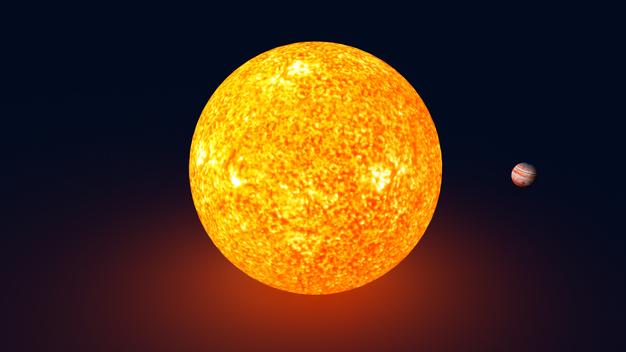
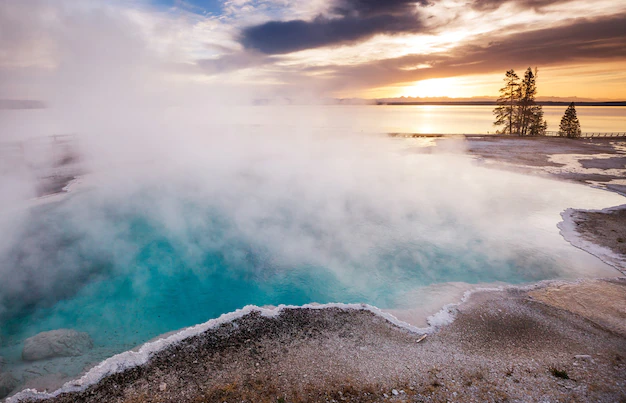
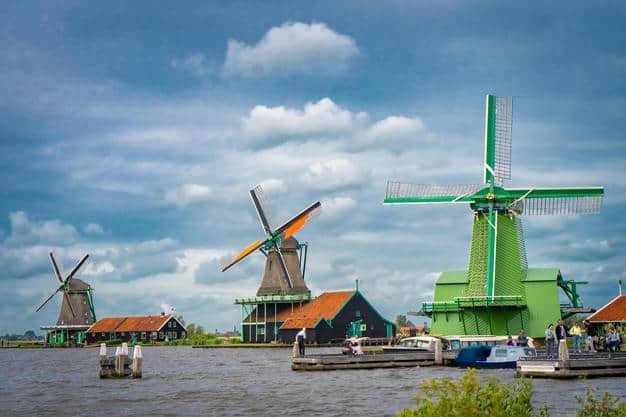
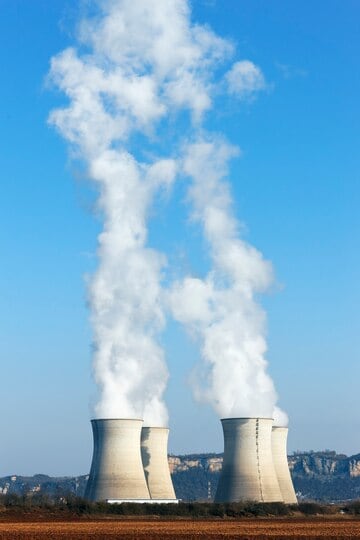



Leave a Reply